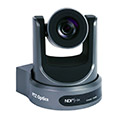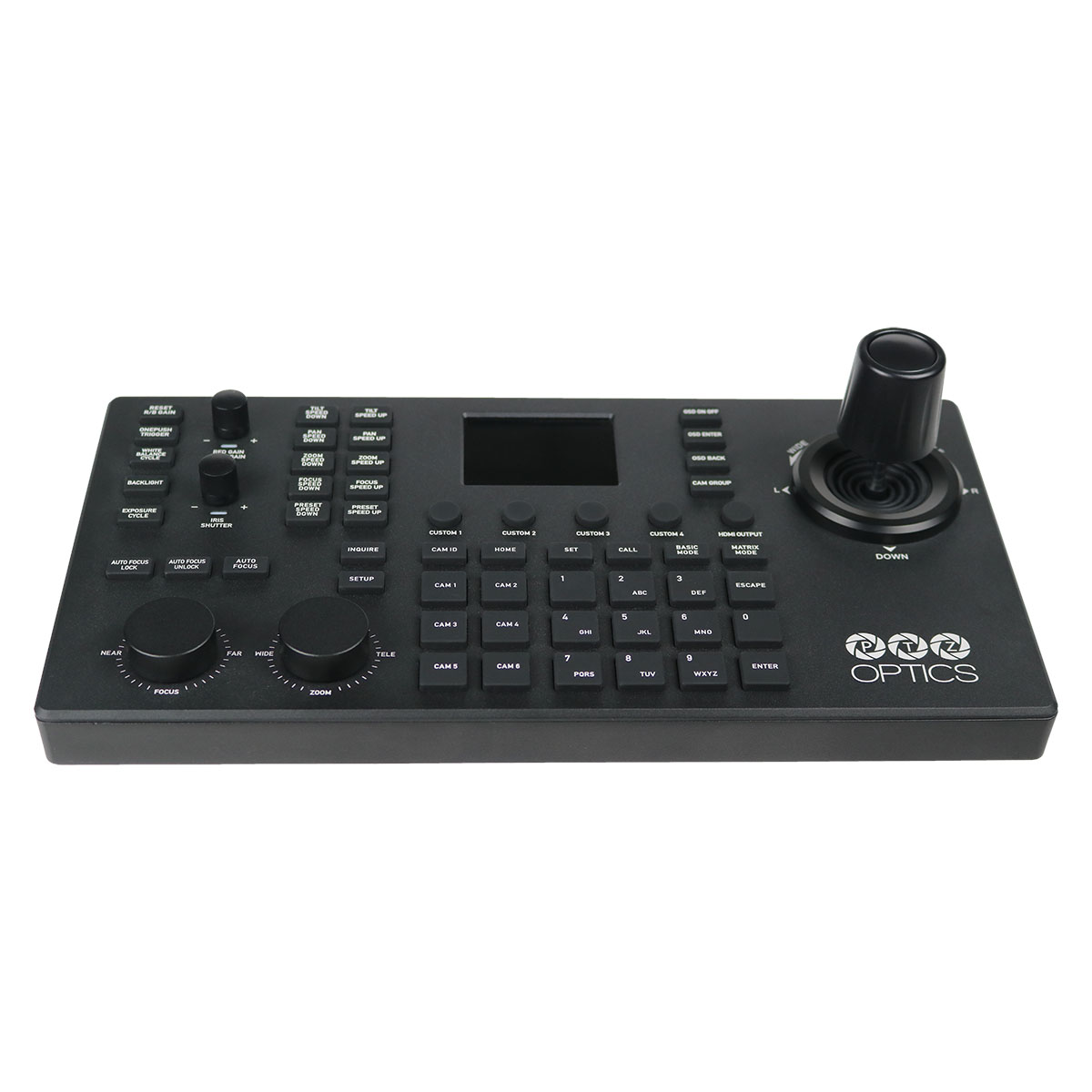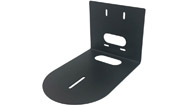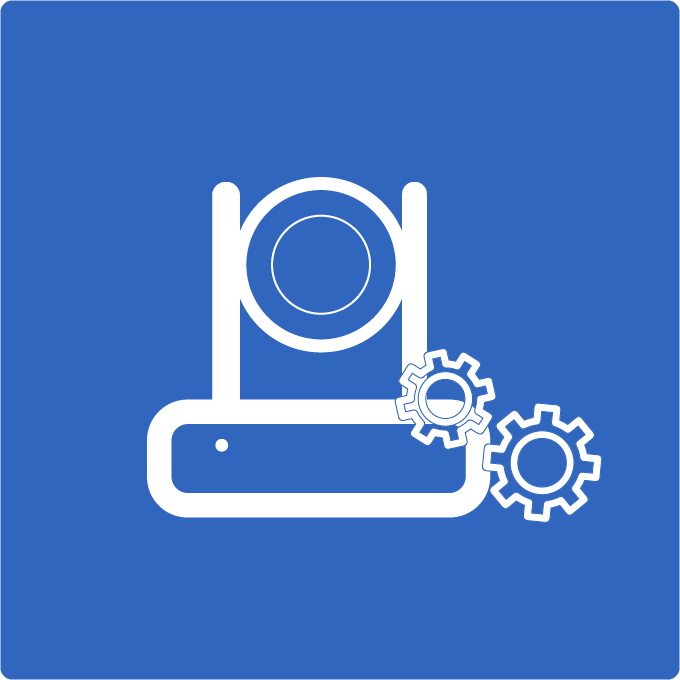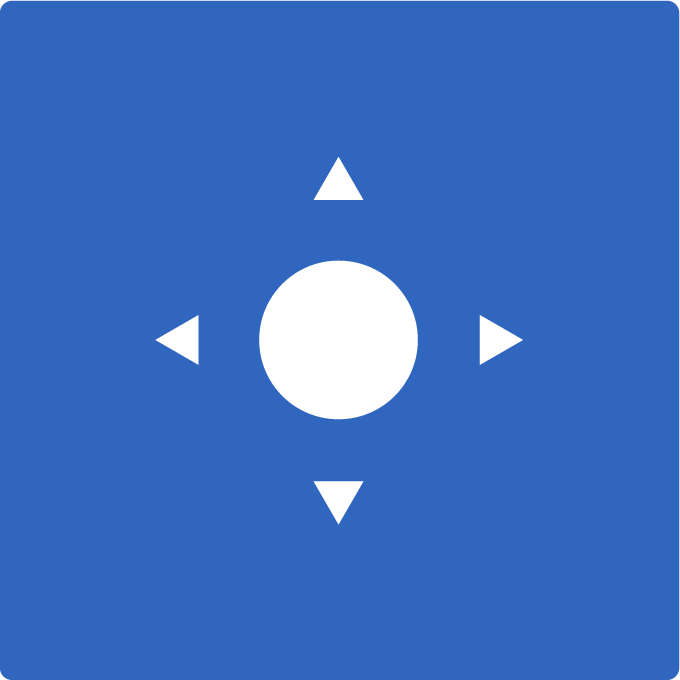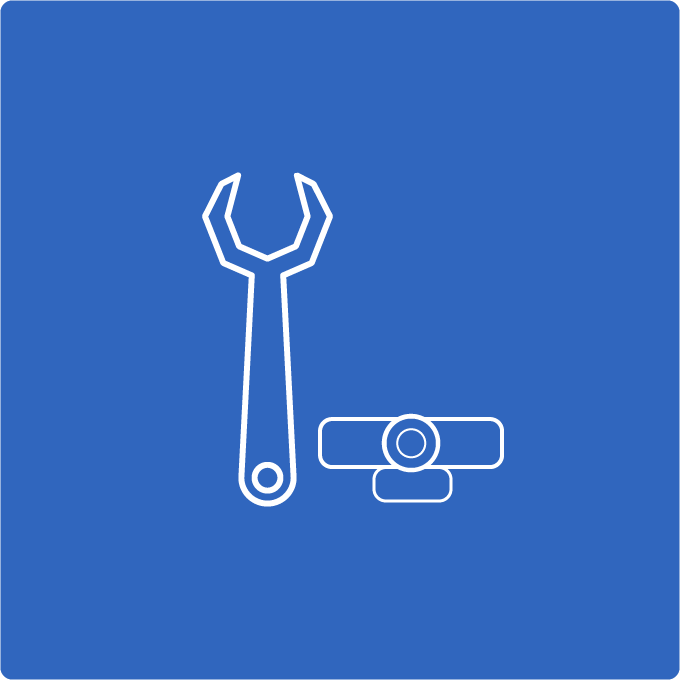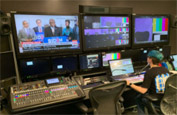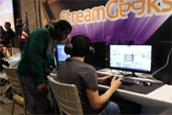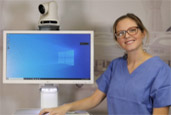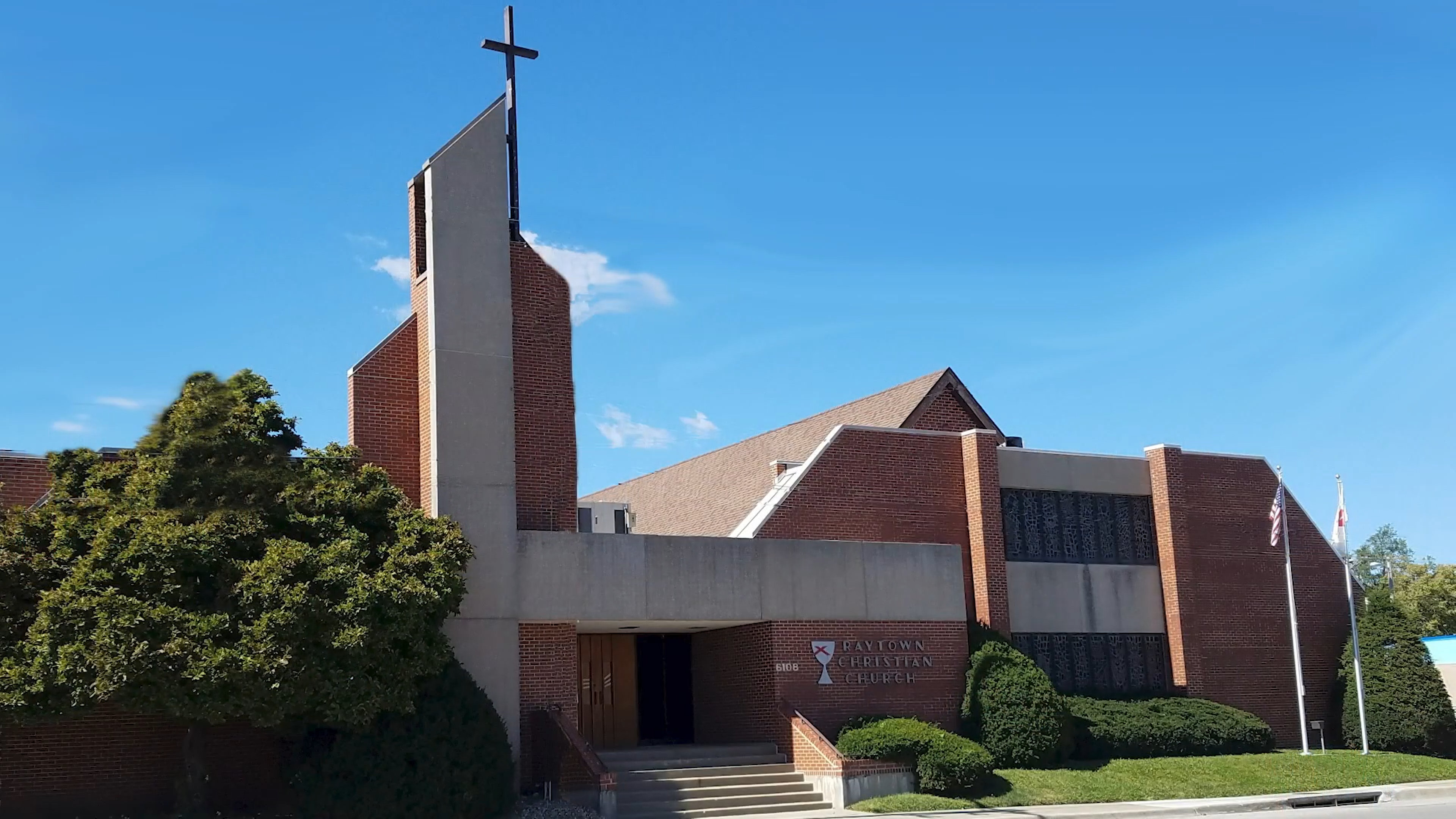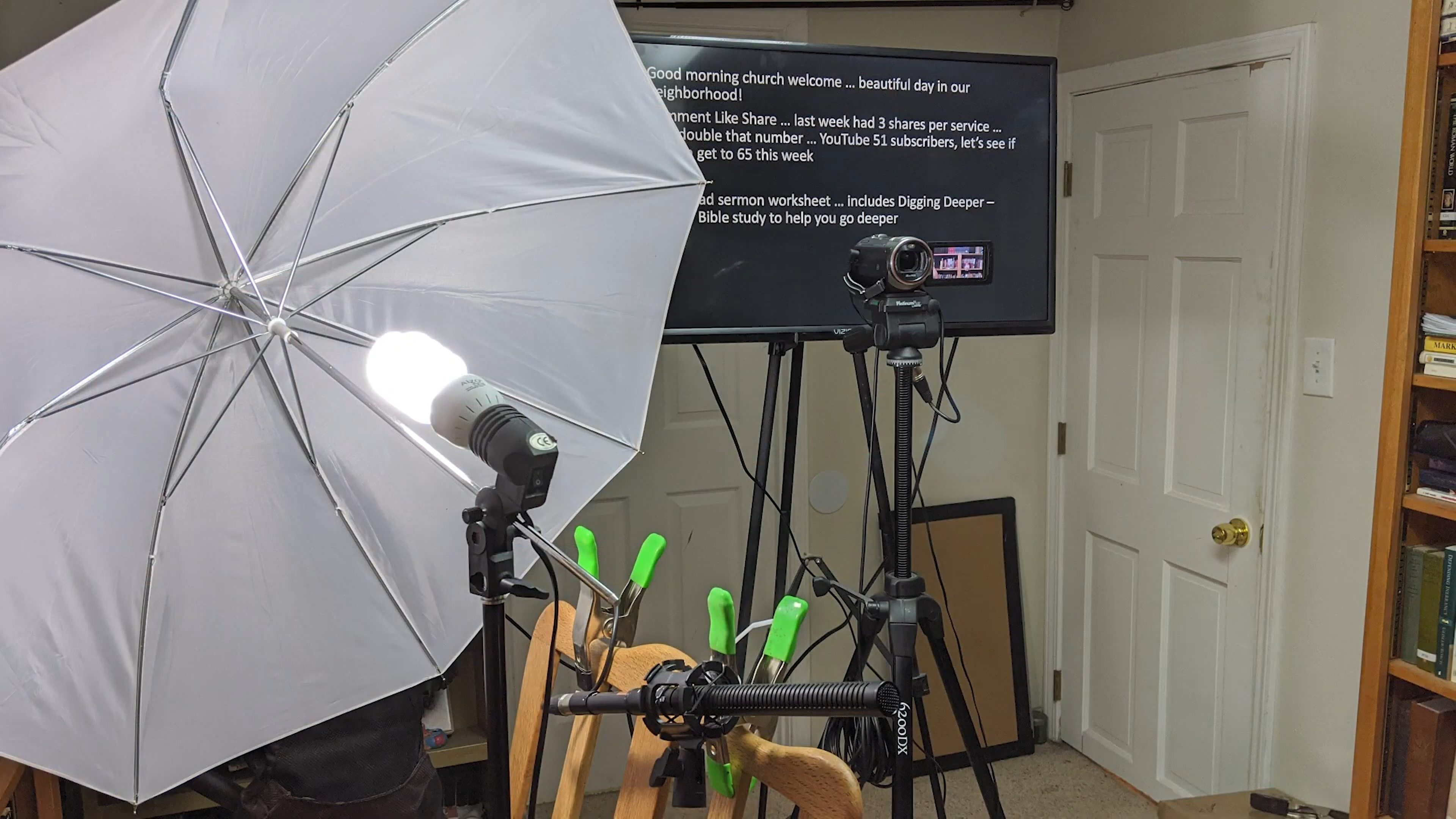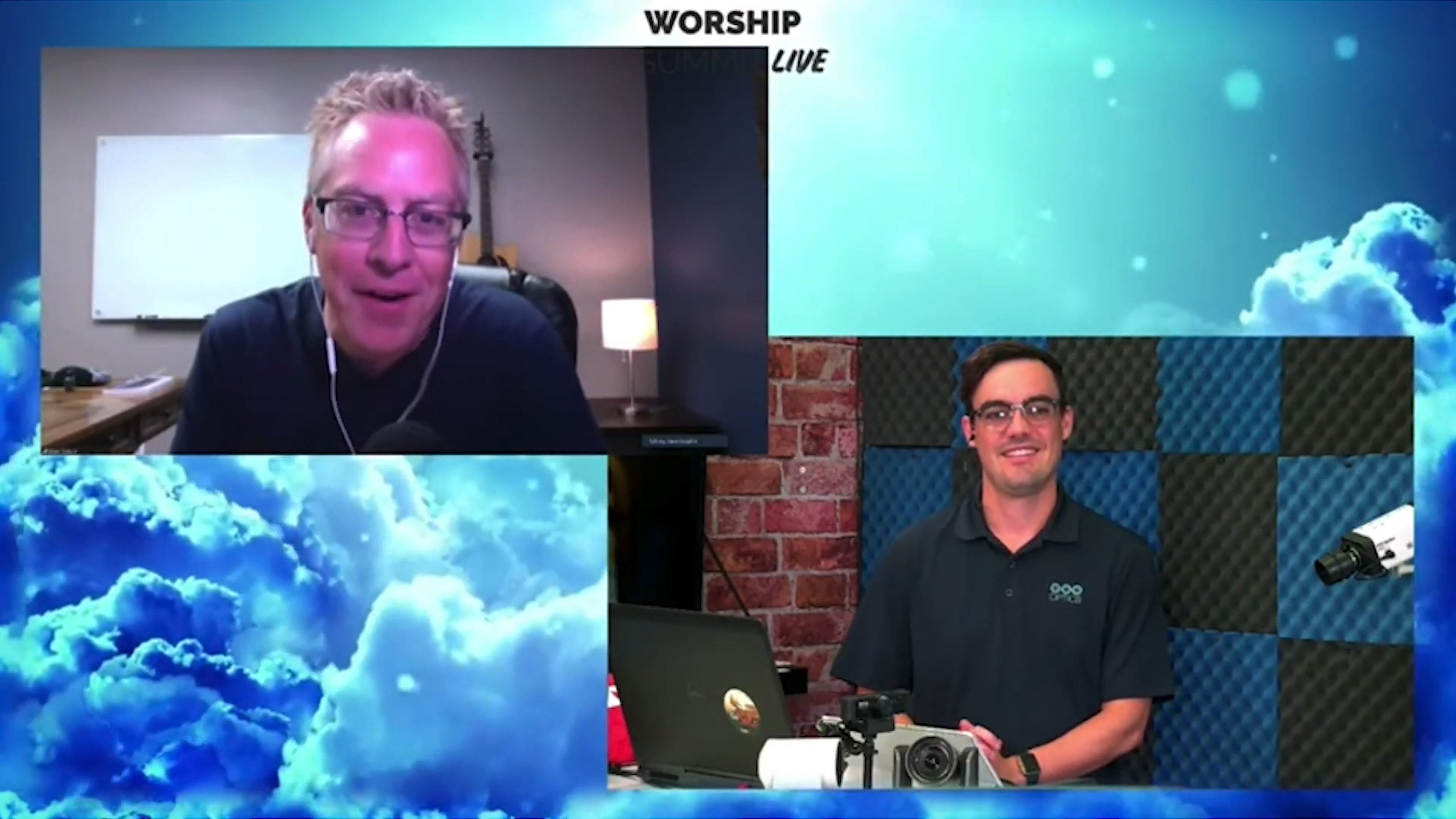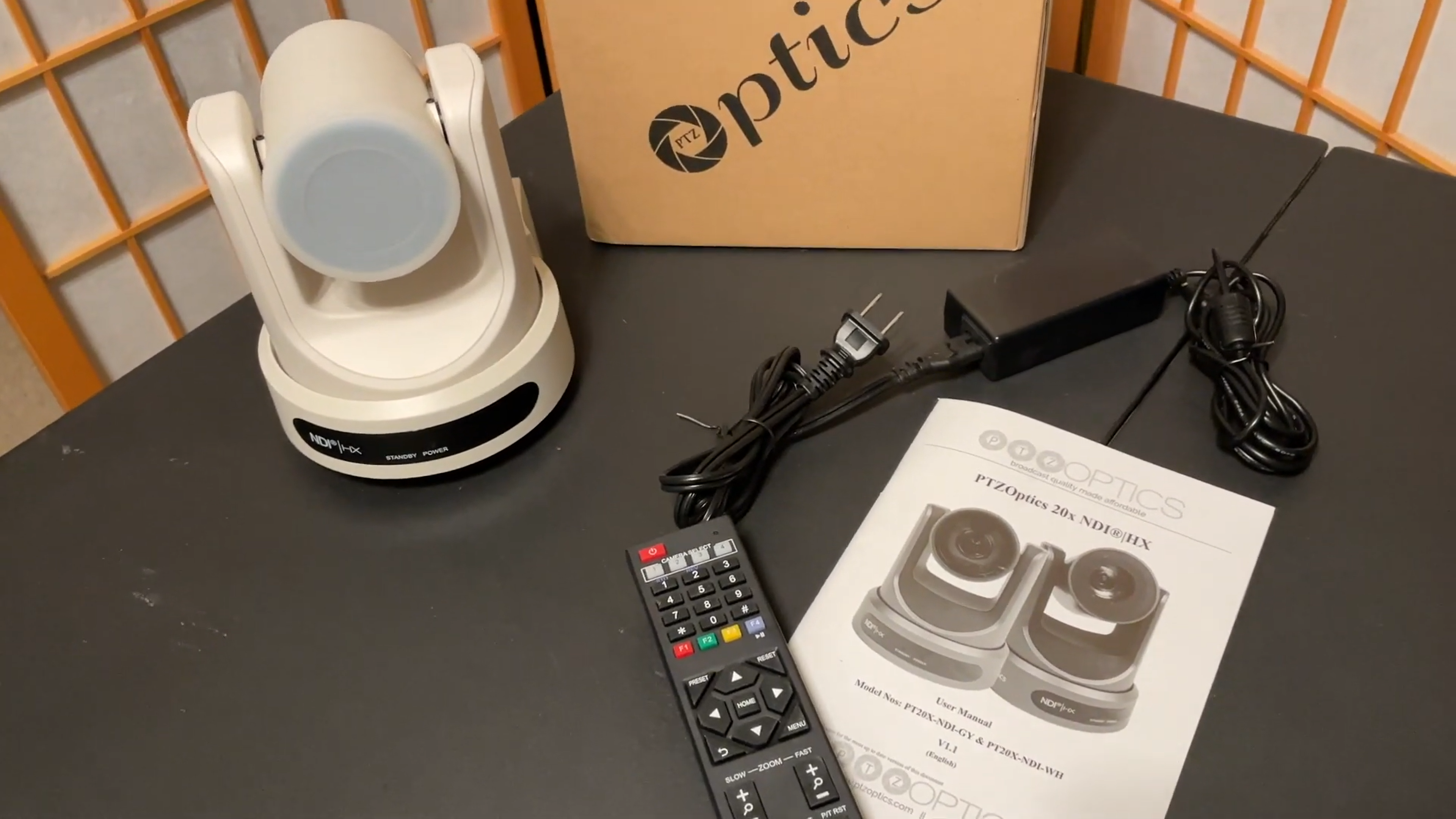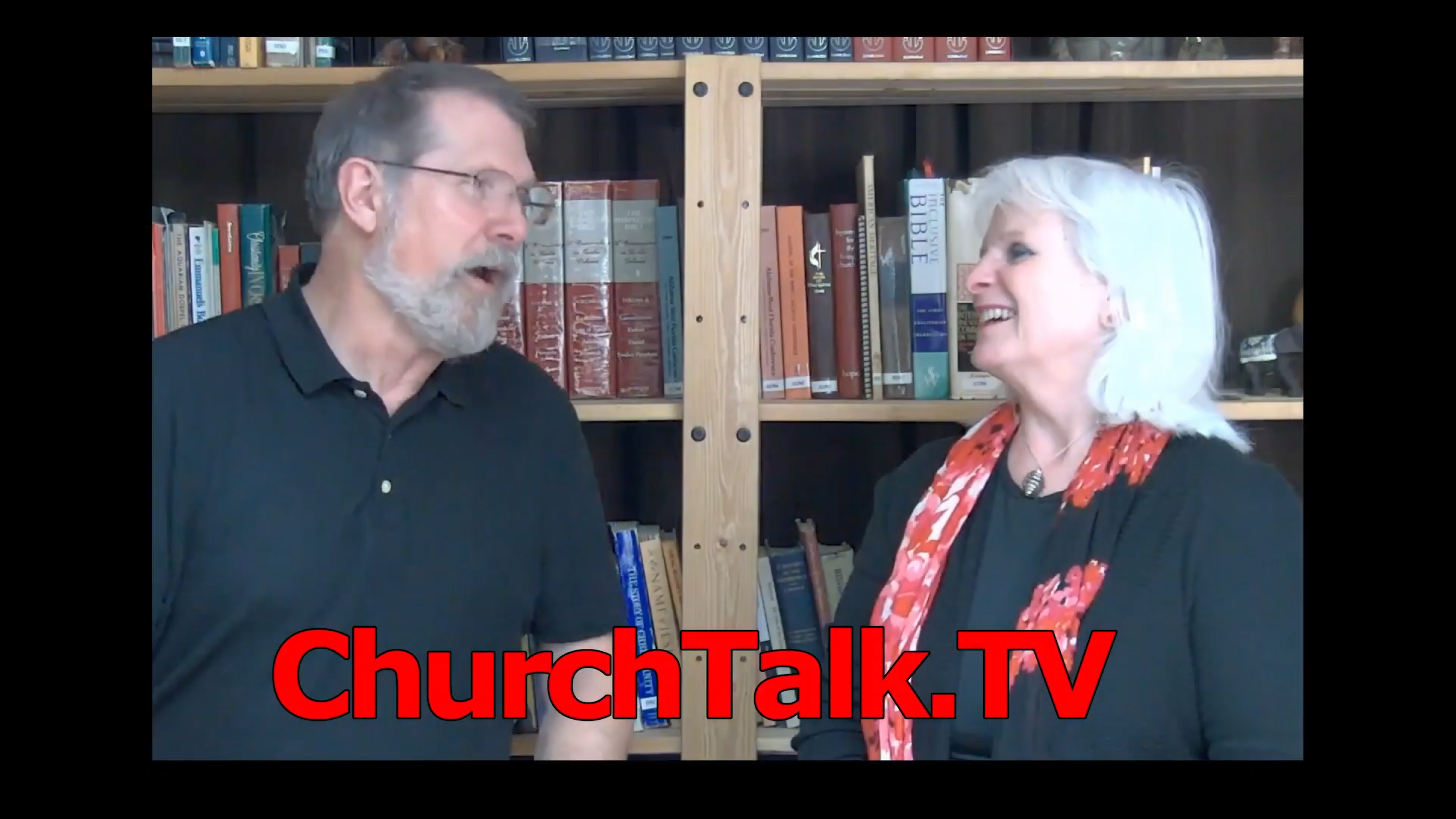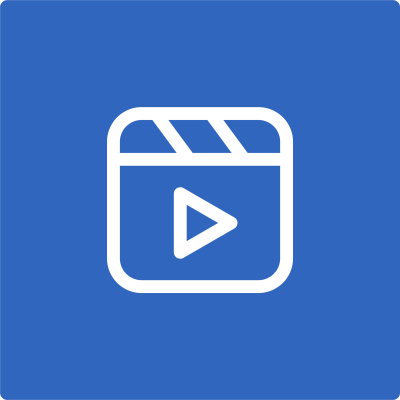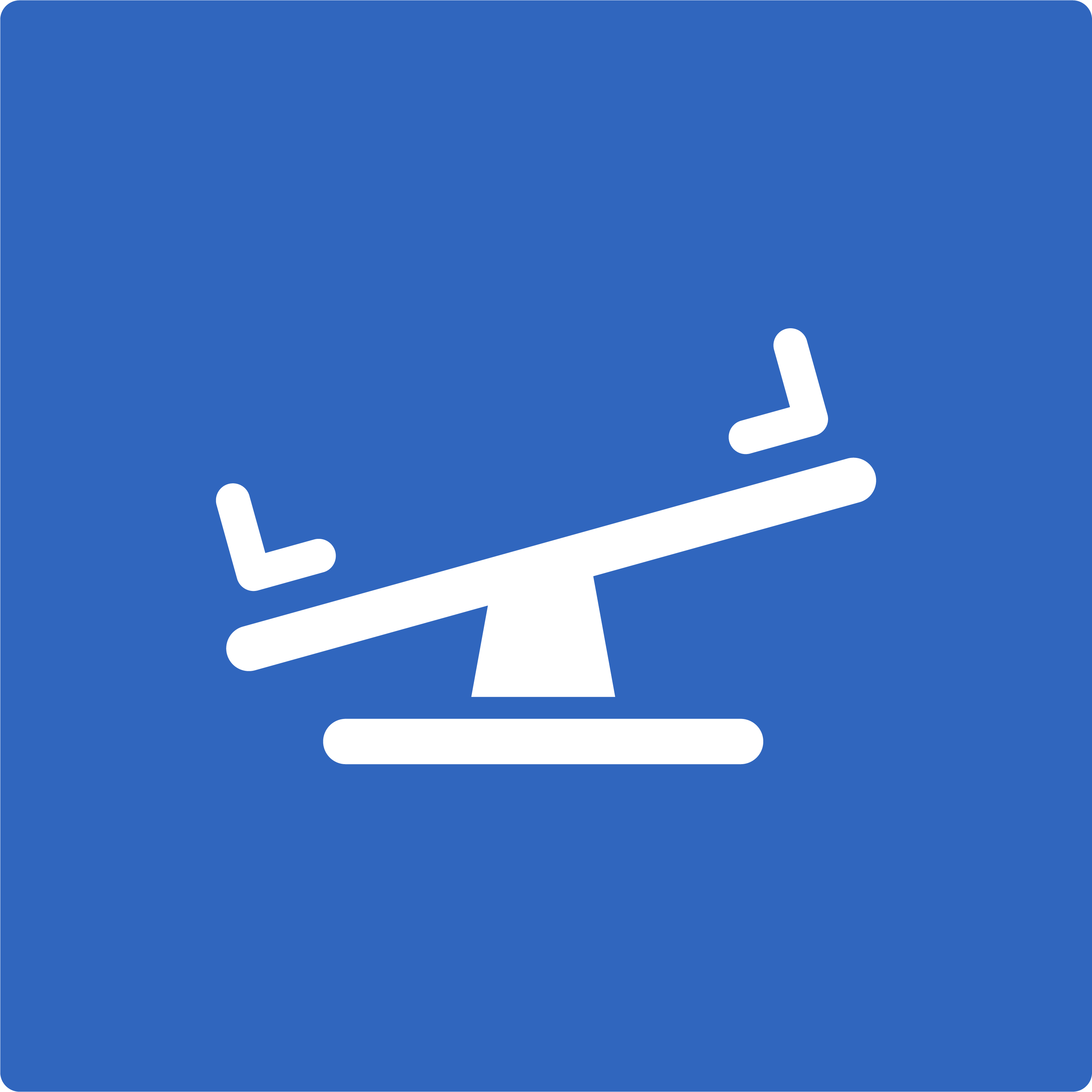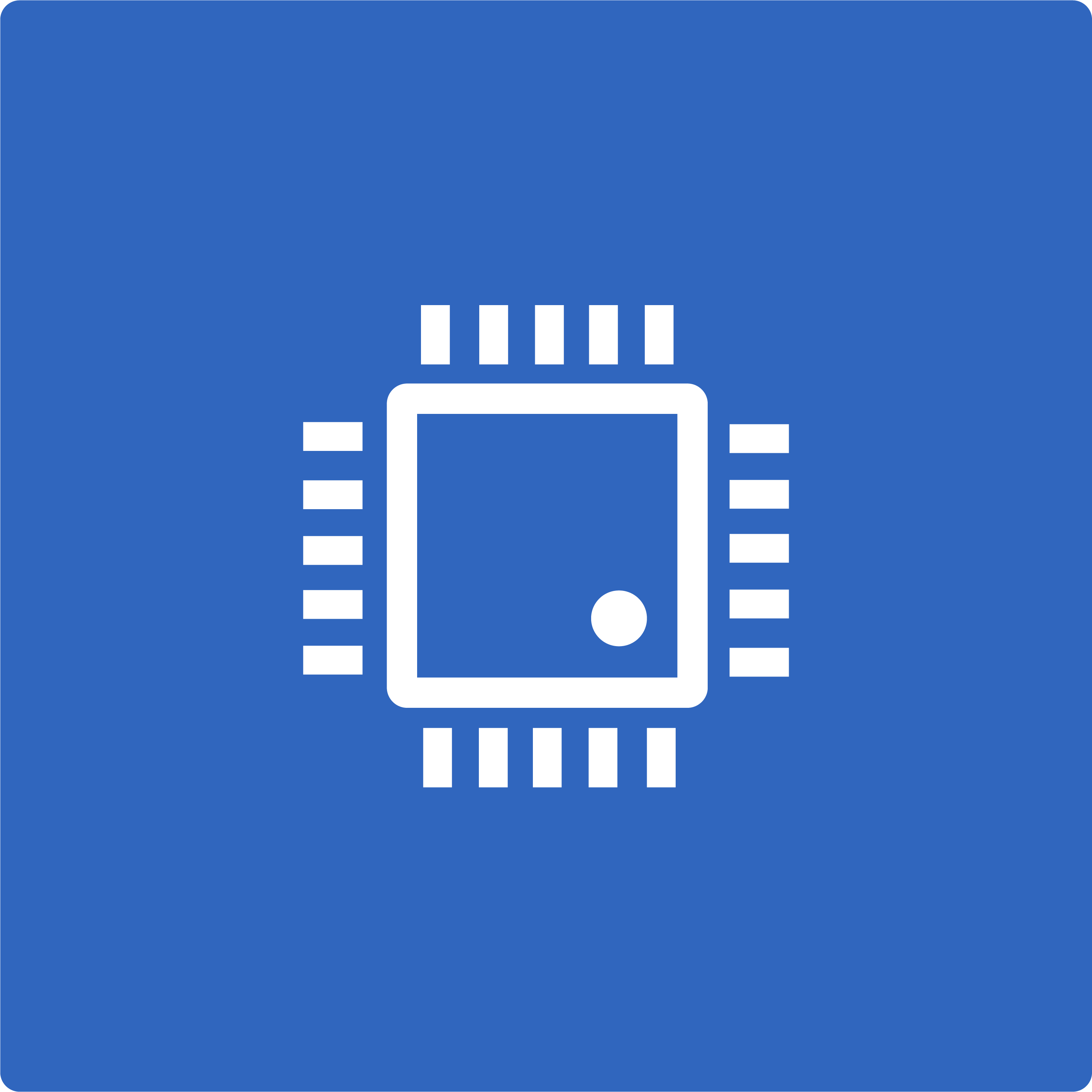PTZOptics 20X NDI for Pre-Recorded “Live” Worship
[embedyt] https://www.youtube.com/watch?v=K4Z3UQk77lA[/embedyt]
When the pandemic hit, many things changed for churches and pastors. When the stay-at-home orders were issued in my church’s county, we had to find a new way to do church. It was our administrative board that decided we needed to move immediately to virtual worship services.
We were fortunate to be able to get started right away. We had a crew of three plus me on Sunday morning. I ran most of the technology and was joined by a pianist, a guitar player, and a vocalist. It was just us in the building, so we were able to social distance and safely create both classic and contemporary worship experiences for the congregation.
Looking for Something More
However, we quickly realized that, while this was a great stopgap measure and response to the lockdown, this wasn’t a long-term solution. We were using just one camera pointed at the stage. It was “good enough” for now, but we quickly realized that this whole thing would be going on for a while.
The next step was to launch our “recorded live” service. I set up a studio in my basement using some outdated equipment from a recorded program my wife and I did back in 2014. Video equipment has come a long way since then, but I still had several SD cameras, SD cards, microphones, and lights. Every two weeks, I would go to the church and record two weeks’ worth of worship music with my team of three.
I would then bring it back to my home studio, where I would record the sermon. Then I would do all the post-production work and put it together in Adobe Premiere Pro.
Although it was far from perfect, it was a giant step forward. We streamed the pre-recorded service through Boxcast to YouTube, Facebook, and Roku and were pleased with the result.
The Problem
A couple of months later, we realized that virtual worship would be with us much longer than expected. Something was changing. Our congregation, which once participated in worship, had become an audience. They were sitting at home and simply watching. There was no interaction. Something had to change. We experimented with inviting members to a Zoom meeting after worship to try and bring people together. But still, we needed to do something else.
The next month, PTZOptics held The Worship Summit Live. Paul Richards of PTZOptics invited me there to speak about one of my books. While I was there, I was intrigued by all of the possibilities presented for recording and streaming worship. I was most excited about the idea of taking Zoom Video Conferencing and marrying it with worship.
Learning All I Could
After the event, I jumped onto the PTZOptics YouTube channel. I watched all the videos the team had put together. I also logged onto Udemy and took some of the courses they offer. What jumped out at me was NDI, a protocol developed by NewTek that makes it exceptionally easy to share video and control cameras over a computer network.
I asked Paul Richards at PTZOptics for equipment recommendations, and we bought what he recommended and set it up as he showed us. About a month later, we launched our first Zoom Watch Party. We used our equipment to create pre-recorded live worship, which was broadcast on Zoom, allowing people to be present and interact via the video conferencing platform. At this point, we didn’t even have an NDI camera but were using OBS (Open Broadcaster Software) on a Mac and still doing post-production in Adobe Premiere.
The PTZ 20X NDI Camera
We were able to take things even further when I finally got my hands on a PTZOptics 20X NDI camera. The camera can be mounted on a tripod, which is perfect for my home studio. It also comes with a power supply and remote control, but, thanks to NDI, I didn’t need it. Paul Richards suggested that we purchase a POE (power over ethernet) switch. I was able to plug the camera right into that with an ethernet cable, power the camera, control the PTZ functions, and capture video using NDI over my network. Setting that up required resetting the IP address on the camera to talk to our network. However, everything was clearly explained in the manual.
The 20X NDI camera also has an audio input jack. I have a small soundboard that plugs right into the camera to feed sound into the recording. I have the PTZOptics camera control app on my iPad. With it, I can control the camera and easily position it to any of the presets I’ve created.
Now, recording every week with OBS is a breeze. The PTZOptics 20X NDI is excellent even in low light conditions like those in my basement. I think everything looks terrific, and I still have a lot to learn. I haven’t even yet looked into the more advanced features like white balance. I am sure I will get there, but for now, everything looks great. Our next step will be to get another camera set up here in my home studio. We also want to get a camera operator who will be able to run both cameras via the iPad app and also take care of the switching in OBS.
More to Come
With the complete studio setup, we want to expand what we can offer to keep the congregation engaged. That includes virtual bible studies and bringing back a feature my wife and I did a few years ago called Church Talk TV, conversations about life, about the church, and about church life.
We are always looking for ways to take our offerings to the next level. We love our camera, and we are thrilled with our current online worship service. We get reports from our members and people worldwide who are impressed by the quality and are touched by the ministry we offer.

